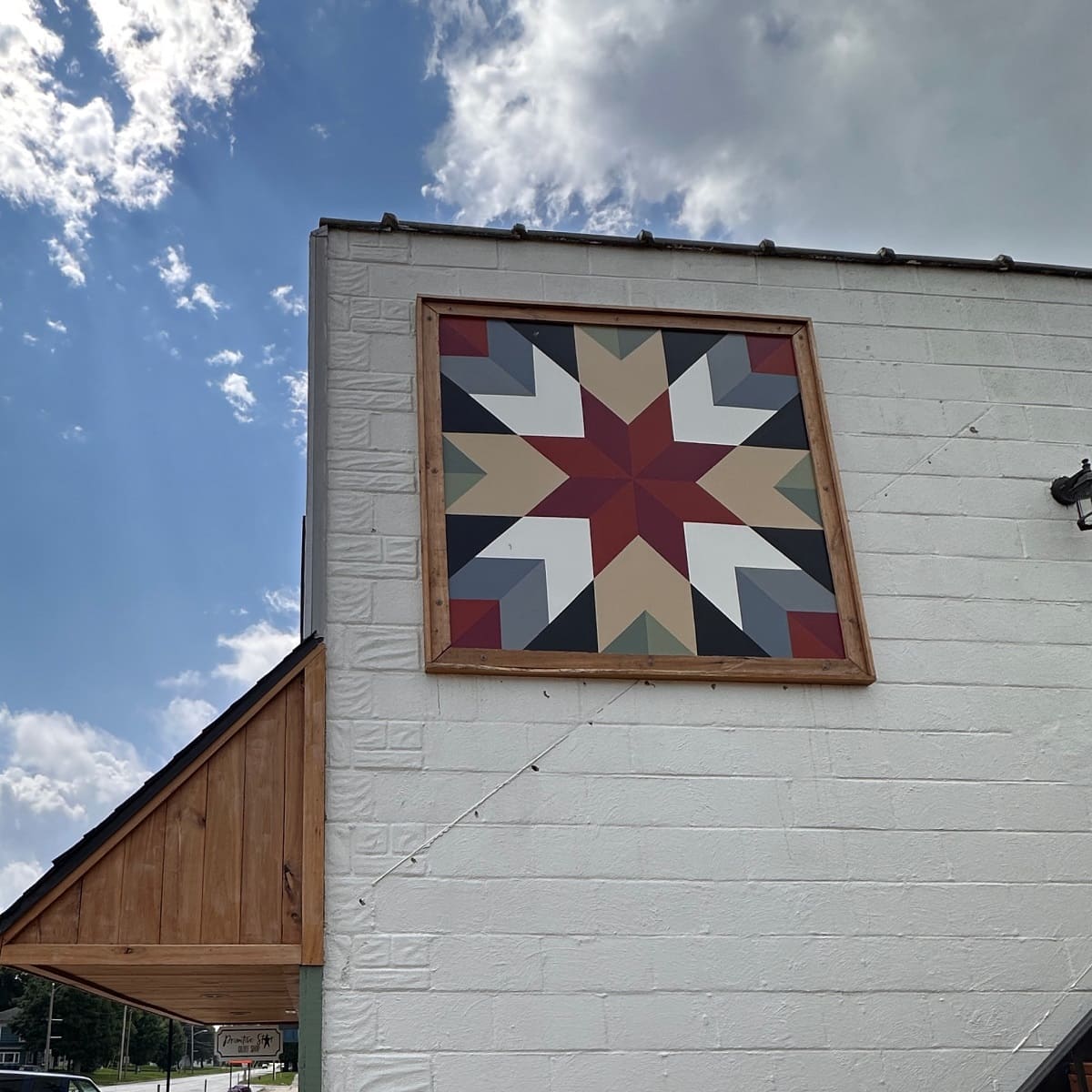

Articles
Why Do Barns Have Quilt Patterns
Modified: December 7, 2023
Discover the fascinating history and significance of quilt patterns on barns in this collection of informative articles. Explore the rich heritage behind these iconic structures and the reasons behind their intricate designs.
(Many of the links in this article redirect to a specific reviewed product. Your purchase of these products through affiliate links helps to generate commission for Storables.com, at no extra cost. Learn more)
Introduction
Imagine driving through the countryside, passing by old, weathered barns with vibrant quilt patterns displayed on their sides. These eye-catching and colorful designs have become synonymous with rural landscapes and are known as barn quilts. But have you ever wondered why barns have quilt patterns? In this article, we will explore the historical significance, cultural importance, and community engagement surrounding barn quilt patterns.
Barn quilts have a rich history that dates back to the early 19th century when quilting became popular in rural America. Quilts were not only functional items used for warmth, but they also held cultural and artistic significance. Women would gather together in quilting circles, sharing stories, and passing down traditional patterns from generation to generation.
As the tradition of quilting evolved, a connection between the patterns and barns began to emerge. In the late 20th century, barn quilt patterns started appearing on barns as a way to celebrate the artistry of quilting and add a touch of beauty to the agricultural landscape. These patterns, typically geometric in nature, are created using wooden blocks painted in vibrant colors. They are then mounted on the barn, turning it into a canvas for a unique and eye-catching work of art.
Key Takeaways:
- Barn quilts are more than just colorful decorations; they represent the rich history, cultural significance, and artistic expression of quilting communities, fostering a sense of pride and connection within rural areas.
- The vibrant displays of barn quilt patterns have not only transformed ordinary barns into tourist attractions but also stimulated local economies, supported entrepreneurial opportunities, and celebrated the diverse heritage of quilting traditions.
Read more: What Do Quilt Patterns On Barns Mean
Historical Significance of Barn Quilts
The tradition of barn quilts can be traced back to the early pioneers who settled in rural America. In those times, quilts were not only practical items used for warmth, but they also held significant cultural and historical value. Quilting was a communal activity, with women coming together to stitch intricate patterns onto fabric squares.
As quilting gained popularity and spread throughout the country, it became an important part of rural life. The patterns used in quilts often had symbolic meanings, telling stories of the community and reflecting the values, history, and experiences of the quilters. These quilts became treasured heirlooms, passed down through generations, and preserving the cultural heritage of the community.
In the late 20th century, Donna Sue Groves, an Ohio resident, had the idea to display quilt patterns on barns as a way to honor her mother, a quilter. This idea quickly gained traction, and the concept of barn quilts spread across the country. The barns became canvases for large-scale quilt designs, paying homage to the rich history of quilting and the rural way of life.
By showcasing these quilt patterns on barns, the historical significance of quilting is preserved and celebrated. Each barn quilt tells a story, representing the unique heritage and pride of the community it resides in. These patterns serve as a visual reminder of the craftsmanship and artistic skills of the quilters who came before us.
Cultural and Artistic Importance of Quilt Patterns
Quilts and quilt patterns hold deep cultural and artistic significance. They are not just functional items; they are a reflection of the community’s values, history, and traditions. Quilt patterns tell stories, convey emotions, and represent the unique identity of the quilting community.
One aspect of the cultural importance of quilt patterns lies in their diversity. There are countless quilt patterns, each with its own style, origin, and symbolism. Some patterns have been passed down for generations, while others are newly created and inspired by contemporary themes. The diversity of quilt patterns showcases the rich tapestry of cultures, regions, and artistic expressions found within the quilting community.
Furthermore, quilt patterns are a form of artistic expression. Quilters carefully choose colors, shapes, and arrangements to create visually striking designs. They use quilts as blank canvases to convey ideas and emotions, creating a piece of art that is both functional and aesthetically pleasing.
Quilt patterns also serve as a way to honor and preserve traditional art forms. Many quilt patterns have deep roots in cultural traditions and historical events. For example, the Log Cabin pattern is associated with the pioneers who built their homes from log cabins. The Flying Geese pattern symbolizes the migratory patterns of birds or represents the idea of freedom.
The artistic importance of quilt patterns is not limited to their visual appeal; they also have a tactile quality. The process of creating a quilt involves careful stitching and layering of fabrics, resulting in a textured surface that adds depth and dimension to the design. Quilts invite us to not only visually appreciate their patterns but also to touch and feel the craftsmanship put into their creation.
Beyond their visual and tactile qualities, quilt patterns also foster a sense of community and connection. Quilting circles, where friends and neighbors gather to quilt together, provide an opportunity for socializing, sharing stories, and passing down the tradition from one generation to the next. This communal aspect of quilting strengthens the bonds within the quilting community and keeps the art form alive.
In summary, quilt patterns hold cultural and artistic importance as they represent the diversity, creativity, and heritage of the quilting community. They showcase the unique stories and artistic expressions of individuals while fostering a sense of community and connection. Quilt patterns are not simply designs; they are a celebration of culture, art, and the human spirit.
Symbolism and Meaning Behind Barn Quilt Patterns
Barn quilt patterns go beyond their visual appeal – they also carry deep symbolism and meaning. Each pattern tells a story and represents something significant within the community. Let’s explore some common barn quilt patterns and their symbolism:
– Star Pattern: Stars are a common barn quilt pattern and symbolize guidance, hope, and protection. In some communities, specific star patterns may represent historical events or local heroes.
– Basket Pattern: The basket pattern symbolizes community and hospitality. It signifies the importance of coming together, sharing resources, and supporting one another.
– Log Cabin Pattern: The log cabin pattern represents traditional American values and the pioneer spirit. It is a nod to the early settlers who built their homes from log cabins and highlights the resilience and resourcefulness of the community.
– Ohio Star Pattern: The Ohio Star pattern originates from the state of Ohio, but it has gained popularity in other regions as well. It symbolizes the pride and sense of identity associated with a specific location or community.
– Heart Pattern: The heart pattern represents love, compassion, and connection. It can be used to commemorate special occasions or celebrate the unity and bonds within a community.
– Feathered Star Pattern: The feathered star pattern is intricate and challenging to create. It symbolizes skill, craftsmanship, and attention to detail. This pattern often honors accomplished quilters or highlights the dedication and talent of a particular quilting community.
It’s important to note that these are just a few examples of the symbolism and meaning behind barn quilt patterns. The interpretation of patterns can vary from community to community, and new patterns continue to emerge, each with its own symbolism and significance.
Barn quilt patterns not only add beauty to the agricultural landscape but also serve as a tangible representation of the community’s values, history, and shared experiences. They create a sense of pride and identity, strengthening the connection within the community and preserving its cultural heritage for future generations to appreciate and enjoy.
Community Engagement and Preservation Efforts
Barn quilt patterns have sparked a remarkable level of community engagement and preservation efforts. These vibrant displays of art and heritage have brought communities together, fostering a sense of pride, connection, and shared purpose. Let’s explore some of the ways communities engage with barn quilts and work to preserve their significance:
– Barn Quilt Trails: Many communities have established barn quilt trails, which are mapped routes that guide visitors to various barns displaying quilt patterns. These trails serve not only as tourist attractions but also as a way to promote community engagement and preserve the cultural heritage of the area. Local residents, as well as visitors, can explore these trails and learn about the stories behind each barn quilt pattern.
– Community Quilting Events: Quilting circles and community quilting events have become popular ways for residents to come together and create barn quilt patterns. These events provide opportunities for people of all ages and backgrounds to participate in the creation process. By involving the community in the design and painting of barn quilts, a sense of ownership and pride is instilled, making the quilt patterns even more meaningful to the community.
– Education and Workshops: Many communities offer educational programs and workshops to teach locals and visitors about the history, artistry, and techniques of barn quilts. Through these initiatives, individuals can learn about the cultural significance of quilt patterns, the process of creating them, and the stories they represent. By sharing this knowledge, communities actively engage in preserving the tradition and passing it on to future generations.
– Preservation Initiatives: To ensure the longevity of barn quilt patterns, communities often implement preservation efforts. This may involve regular maintenance and restoration work on existing barn quilts, as well as developing guidelines to ensure the integrity of newly created ones. By actively preserving these patterns, communities can ensure that future generations can appreciate and enjoy their beauty and cultural significance.
– Community Events and Festivals: Many communities organize events and festivals centered around barn quilts. These events not only showcase the artistry and creativity of the quilt patterns but also provide opportunities for locals and visitors to engage with the community. Festivals may feature quilt exhibitions, workshops, demonstrations, and even quilt auctions, creating a vibrant atmosphere of celebration and appreciation.
Through community engagement and preservation efforts, barn quilt patterns have become more than just colorful decorations on barns. They have become symbols of community pride, creativity, and the preservation of cultural heritage. These initiatives bring people together, foster connections, and create a sense of belonging within the community. By actively engaging with barn quilts, communities ensure the continuation of this cherished tradition and its significance for generations to come.
Barn quilt patterns were originally used to decorate and personalize barns, but they also served as a way for farmers to showcase their creativity and heritage.
Read more: How Do You Make A Barn Quilt
Impact of Barn Quilts on Tourism and Local Economy
Barn quilts have had a significant impact on both tourism and the local economy in communities where they are displayed. These beautifully painted quilt patterns on barns have become popular attractions, drawing visitors from near and far. Let’s explore the various ways barn quilts contribute to tourism and stimulate the local economy:
– Tourist Attractions: Barn quilts have transformed ordinary barns into eye-catching and unique landmarks. Travelers seeking a scenic and cultural experience are drawn to these vibrant displays of art and heritage. Tourists specifically seek out barn quilt trails and enjoy exploring the countryside to discover each barn’s unique pattern. This increase in tourism brings in visitors who are willing to spend time and money in the community.
– Increased Visitors: The presence of barn quilts attracts a diverse range of visitors, including art enthusiasts, history buffs, families, and those seeking outdoor experiences. These visitors often extend their stay in the area to appreciate the surrounding natural beauty, learn about the local culture, and participate in related activities. The influx of tourists translates into increased foot traffic for local businesses and an overall boost to the local economy.
– Supporting Local Businesses: Barn quilt tourism benefits local businesses such as gift shops, galleries, cafes, lodging establishments, and restaurants. Visitors often stop at these establishments before or after exploring the barn quilt trails, purchasing souvenirs or enjoying meals. The increased economic activity from tourism helps sustain and grow local businesses, providing jobs and contributing to the overall prosperity of the community.
– Entrepreneurial Opportunities: The popularity of barn quilts has created entrepreneurial opportunities for local artisans, quilt shops, and craftsmen. Many communities have seen the emergence of businesses that specialize in creating and selling barn quilt patterns, supplying materials, offering workshops, or providing restoration and maintenance services. These businesses not only serve the local community but also attract customers from outside the area, generating additional revenue streams.
– Event Hosting and Festivals: Communities with barn quilt trails often host events and festivals centered around these colorful displays. These events attract visitors, offering them a deeper understanding of the artistry and cultural significance of barn quilts. Festivals can include craft fairs, quilt exhibits, demonstrations, live music, and food vendors, creating a lively and engaging atmosphere. These events not only generate tourism revenue but also provide opportunities for local artisans to showcase their work and generate sales.
The impact of barn quilts on tourism and the local economy is significant. These artistic displays draw in visitors, who in turn support local businesses, spend money on accommodations, meals, and souvenirs. By embracing the cultural legacy of barn quilts, communities enhance their visibility, foster community pride, and stimulate economic growth.
Variations and Adaptations of Barn Quilt Patterns
While barn quilt patterns traditionally feature geometric designs, there is also room for variations and adaptations. As the popularity of barn quilts has grown, so has the creativity of artists and communities in designing unique patterns. Let’s explore some of the variations and adaptations that can be seen in barn quilt patterns:
– Custom Designs: Communities and individuals have embraced the opportunity to create custom-designed barn quilts that reflect their unique identity. These custom patterns can incorporate elements specific to the community, such as local landmarks, symbols, or historical events. Custom designs allow for a more personalized and meaningful display on barns, making them even more special to the community.
– Color Choices: While many barn quilt patterns feature vibrant and contrasting colors, variations can be seen in color choices. Some communities opt for a more muted or pastel color palette, while others might choose colors inspired by the natural surroundings. The choice of colors can give a pattern a different vibe or evoke specific emotions, allowing for individuality and creativity in barn quilt designs.
– Interpretations of Traditional Patterns: Traditional quilt patterns, such as the Log Cabin or Star pattern, have been reimagined and adapted for barn quilts. Artists and communities put their own twist on these classic designs, reinterpreting them with different proportions, scale, or added elements. This flexibility in interpretation allows for endless possibilities in creating unique and captivating barn quilt patterns.
– Experimental Techniques: Some artists and quilters introduce innovative techniques and materials into their barn quilt creations. This can include the use of mixed media, incorporating three-dimensional elements, or experimenting with different painting techniques. These experimental approaches add a contemporary touch to barn quilt patterns, pushing the boundaries of traditional quilting and creating visually stunning displays.
– Themed Patterns: Communities often create themed barn quilt trails to celebrate specific events or highlight particular interests. For example, a community may develop a barn quilt trail focused on honoring military veterans, local flora and fauna, or cultural heritage. Themed patterns allow for a cohesive storytelling experience and can draw attention to specific aspects of the community’s identity.
– Miniature Barn Quilts: In addition to full-size barn quilts, miniature versions have gained popularity. These smaller-scale versions can be displayed on fences, garden sheds, or even indoors. Miniature barn quilts offer a way for individuals to incorporate the beauty and symbolism of barn quilts into their personal spaces, showcasing their love for the art form on a smaller scale.
The variations and adaptations of barn quilt patterns provide opportunities for creativity, personalization, and expression within communities. These unique designs add depth and diversity to the barn quilt landscape, creating even more intrigue and visual appeal. As barn quilt traditions continue to evolve, we can expect to see even more innovative and imaginative interpretations of this beloved art form.
Maintenance and Longevity of Barn Quilts
Maintaining the beauty and longevity of barn quilts is essential to ensure their continued impact and enjoyment. Barn quilt owners and communities can take several steps to preserve these vibrant displays of art and cultural heritage. Let’s explore some key aspects of maintenance and longevity:
– Regular Inspection: It is important to conduct regular inspections of barn quilts to identify any signs of wear, damage, or fading. This can include checking for loose or peeling paint, cracks in the surface, or other environmental factors that may affect the quilt pattern. By identifying and addressing issues early on, necessary repairs can be made to maintain the integrity of the barn quilt.
– Repairs and Restoration: When damage or deterioration is identified, prompt repairs and restoration are necessary to prevent further deterioration. This may involve repainting damaged areas, sealing cracks or gaps, and ensuring the structural integrity of the barn quilt. Utilizing paint specifically formulated for outdoor durability can help extend the life of the quilt pattern.
– Weather Protection: Barn quilts are exposed to the elements, including harsh weather conditions such as rain, snow, and sunlight. Applying a protective sealant or topcoat to the barn quilt can help shield it from these elements. This protective layer helps to prevent fading, moisture damage, and the effects of UV radiation. Regular reapplication of the topcoat may be required to maintain its effectiveness.
– Cleaning: Periodic cleaning of barn quilts is necessary to remove dirt, dust, and grime that can accumulate over time. Gentle cleaning with a mild soap and water solution, followed by thorough rinsing, can help refresh the appearance of the quilt pattern. Avoid using harsh chemicals or abrasive cleaning tools that may damage the surface of the barn quilt.
– Seasonal Considerations: Depending on the region, seasonal factors such as extreme temperature fluctuations or high humidity levels can impact the longevity of barn quilts. Owners may need to take additional precautions during these times, such as providing extra weather protection or adjusting maintenance schedules.
– Community Involvement: Engaging the community in the maintenance and preservation of barn quilts is crucial. Community members can play a role in reporting any concerns or damage they notice and can assist in organizing maintenance initiatives. Encouraging community involvement fosters a sense of ownership and pride in the barn quilts, ensuring their long-term preservation.
By implementing these maintenance practices, barn quilt owners and communities can prolong the lifespan and visual impact of these beloved artworks. Proper care and attention to the preservation of barn quilts contribute to their longevity, allowing future generations to appreciate the beauty, artistry, and cultural heritage they represent.
Conclusion
Barn quilts have become an integral part of rural landscapes, infusing vibrant colors and cultural significance into the agricultural scenery. These quilt patterns on barns not only add beauty but also tell stories, evoke emotions, and celebrate the artistry and heritage of quilting communities.
Throughout history, quilting has provided a means of artistic expression, cultural preservation, and community engagement. Barn quilts continue this tradition by showcasing the diverse and creative spirit of the quilting community. From traditional patterns to custom designs and adaptations, each barn quilt carries its own symbolism and meaning, reflecting the community’s history, values, and shared experiences.
Beyond their visual appeal, barn quilts have had a profound impact on tourism and the local economy. These vibrant displays attract visitors, who in turn support local businesses, contribute to the local economy, and create opportunities for entrepreneurship. Festivals, events, and barn quilt trails have become popular destinations, promoting community pride and cultural appreciation.
Maintaining the beauty and longevity of barn quilts is essential to ensure their continued impact. Regular inspections, repairs, weather protection, and community involvement all play vital roles in preserving these cherished artworks for future generations to enjoy.
In conclusion, barn quilts serve as more than just decorations on barns; they are symbols of heritage, sources of pride, and connections to the rich traditions of quilting. The importance of these quilt patterns goes beyond their aesthetic appeal, reaching into the depths of cultural significance and community engagement. As barn quilts continue to captivate and inspire, they unite communities, stimulate economic growth, and create lasting legacies.
Frequently Asked Questions about Why Do Barns Have Quilt Patterns
Was this page helpful?
At Storables.com, we guarantee accurate and reliable information. Our content, validated by Expert Board Contributors, is crafted following stringent Editorial Policies. We're committed to providing you with well-researched, expert-backed insights for all your informational needs.
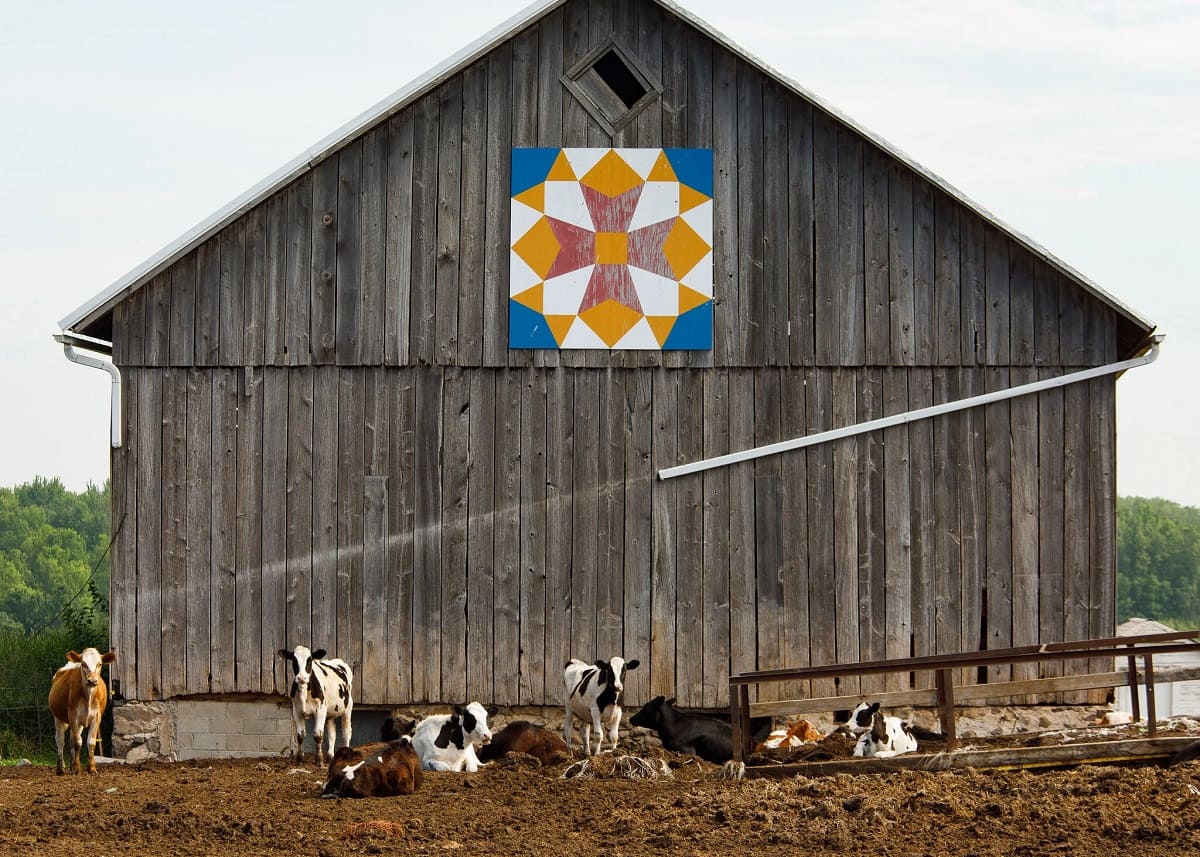
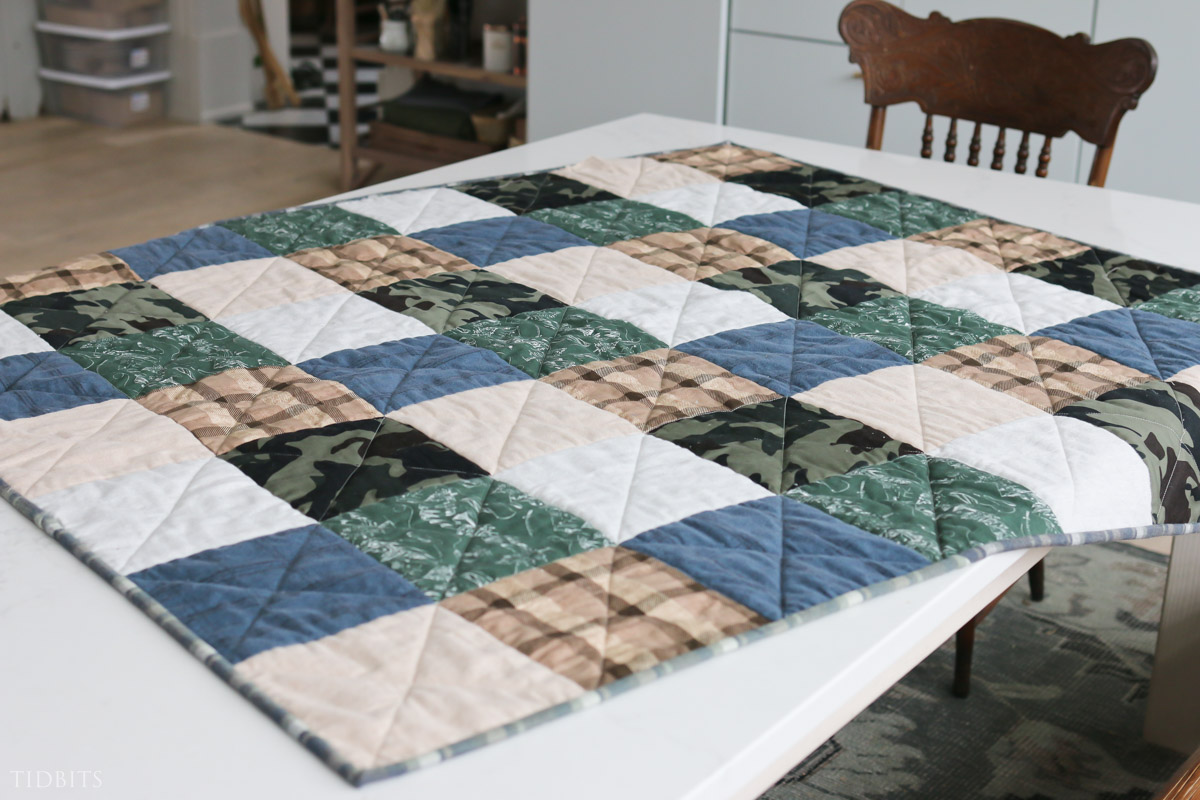
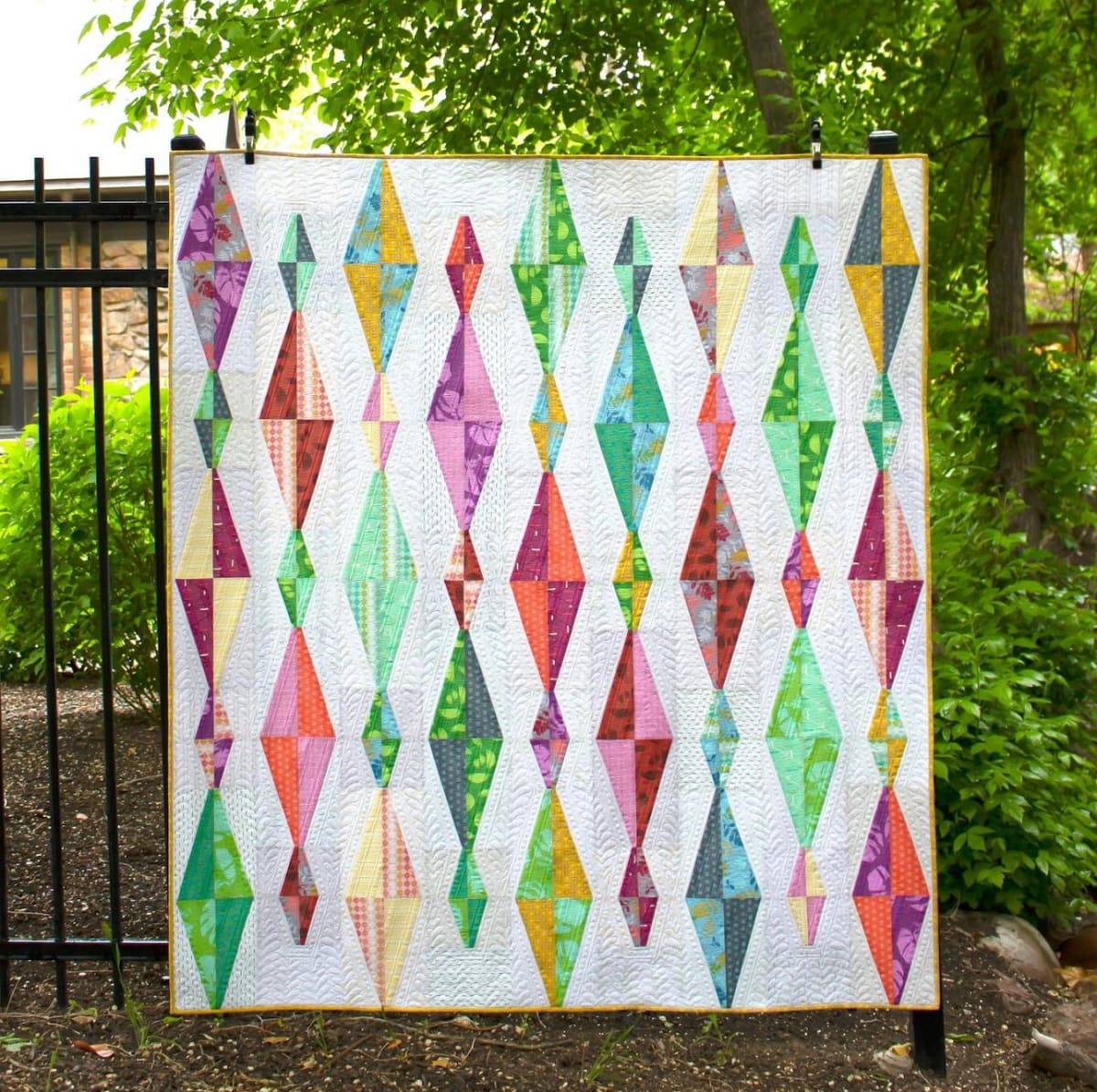
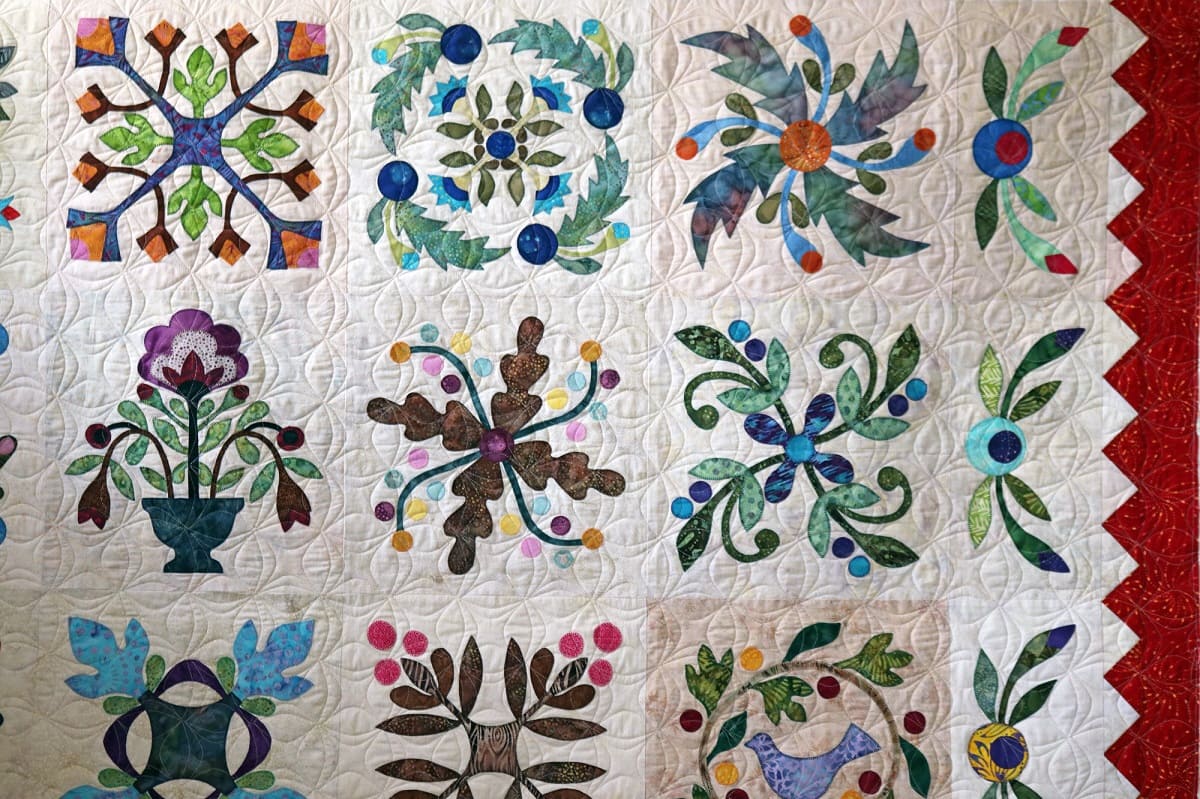
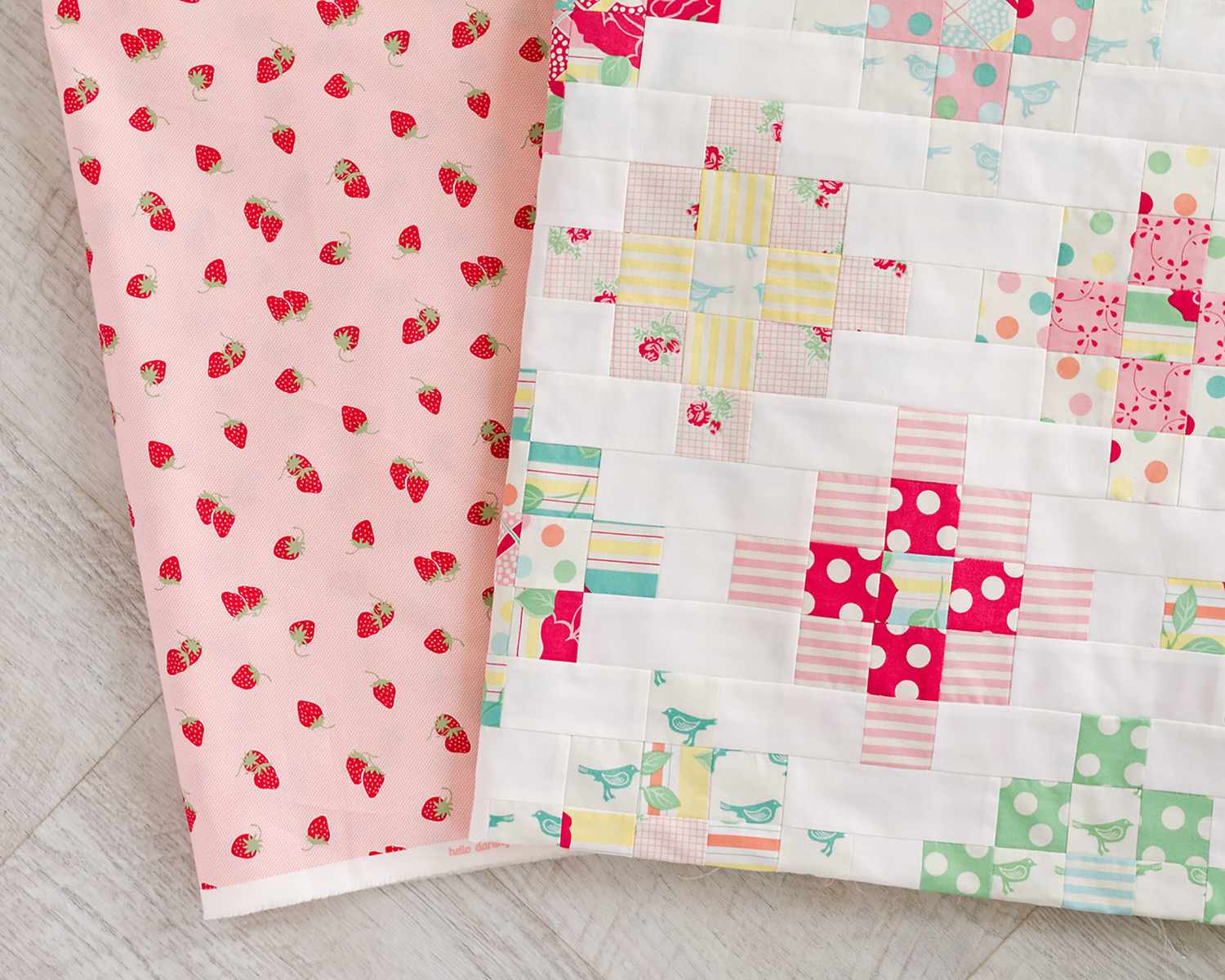
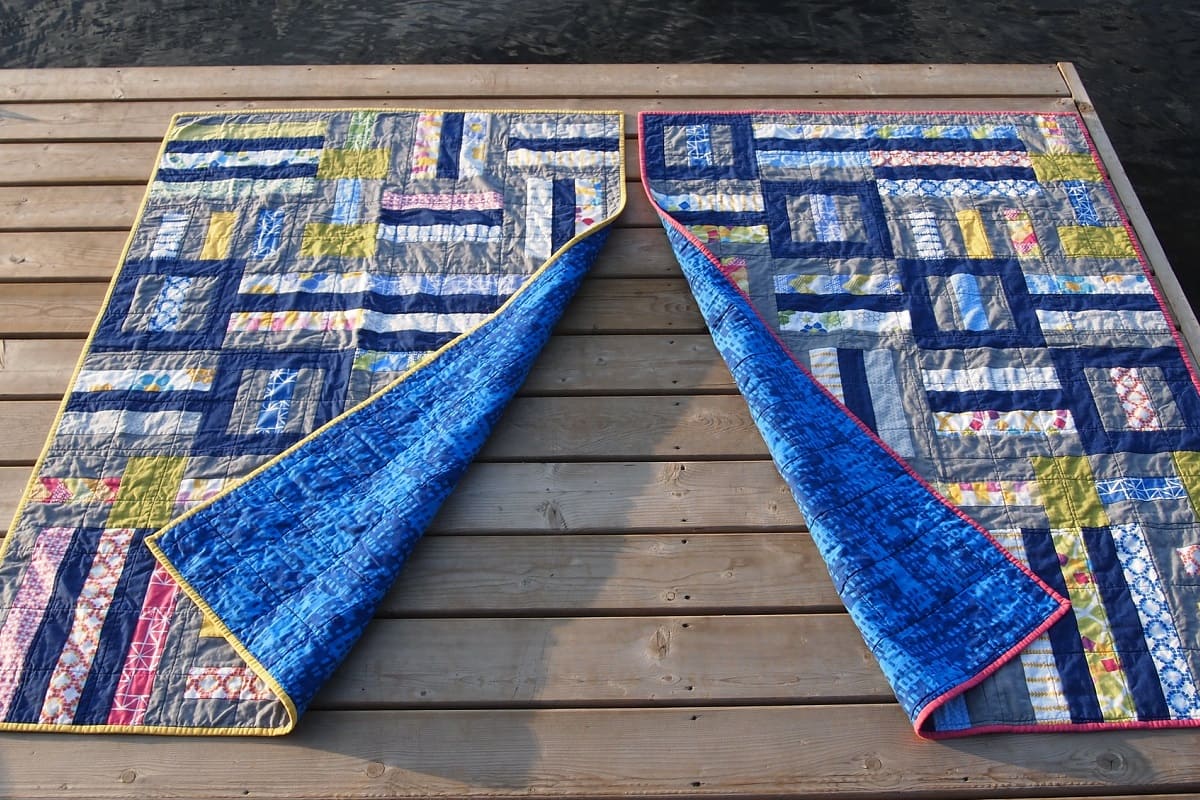
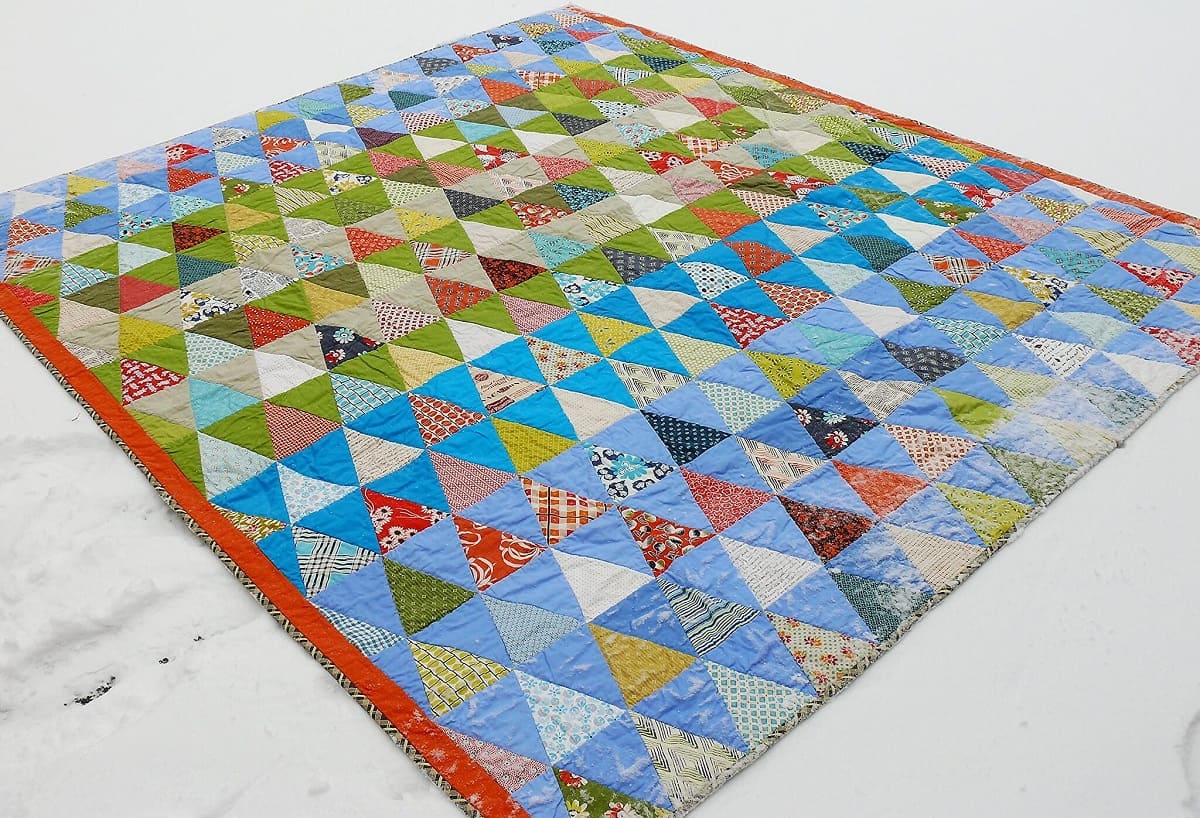
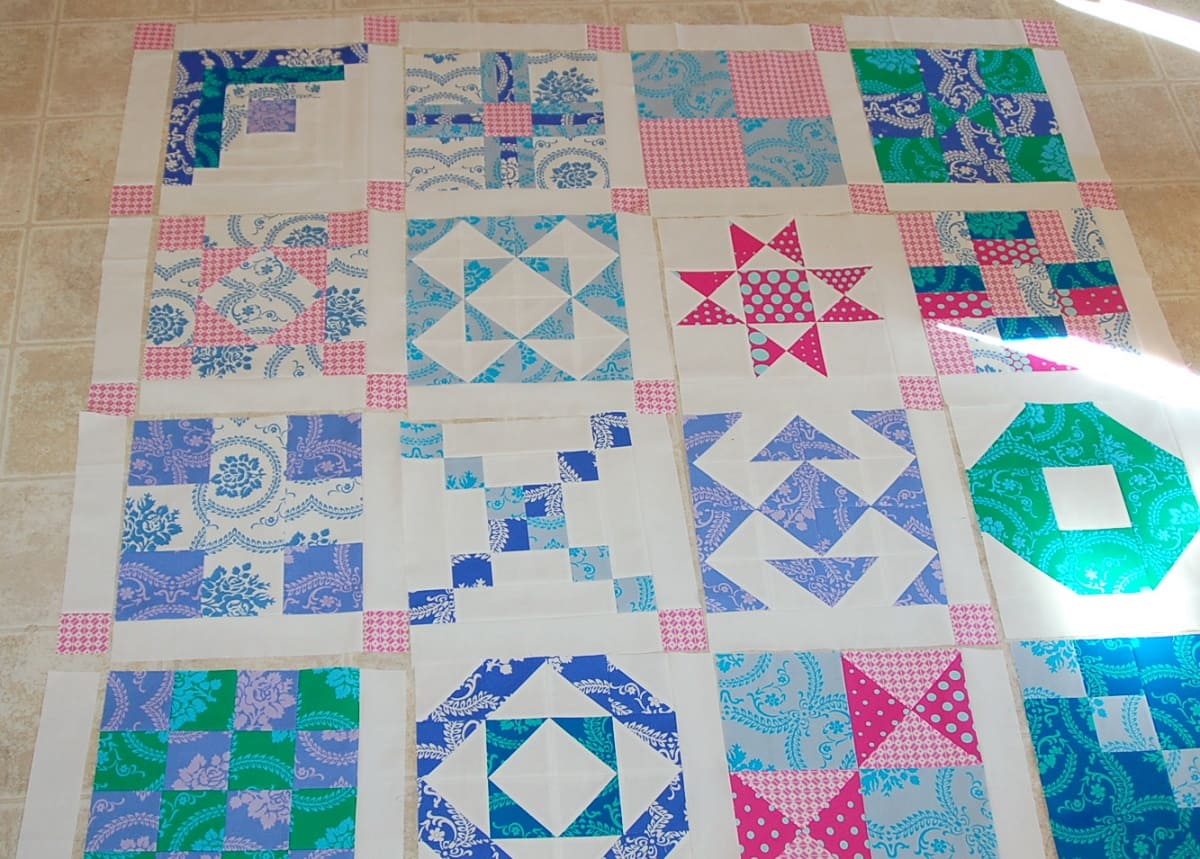


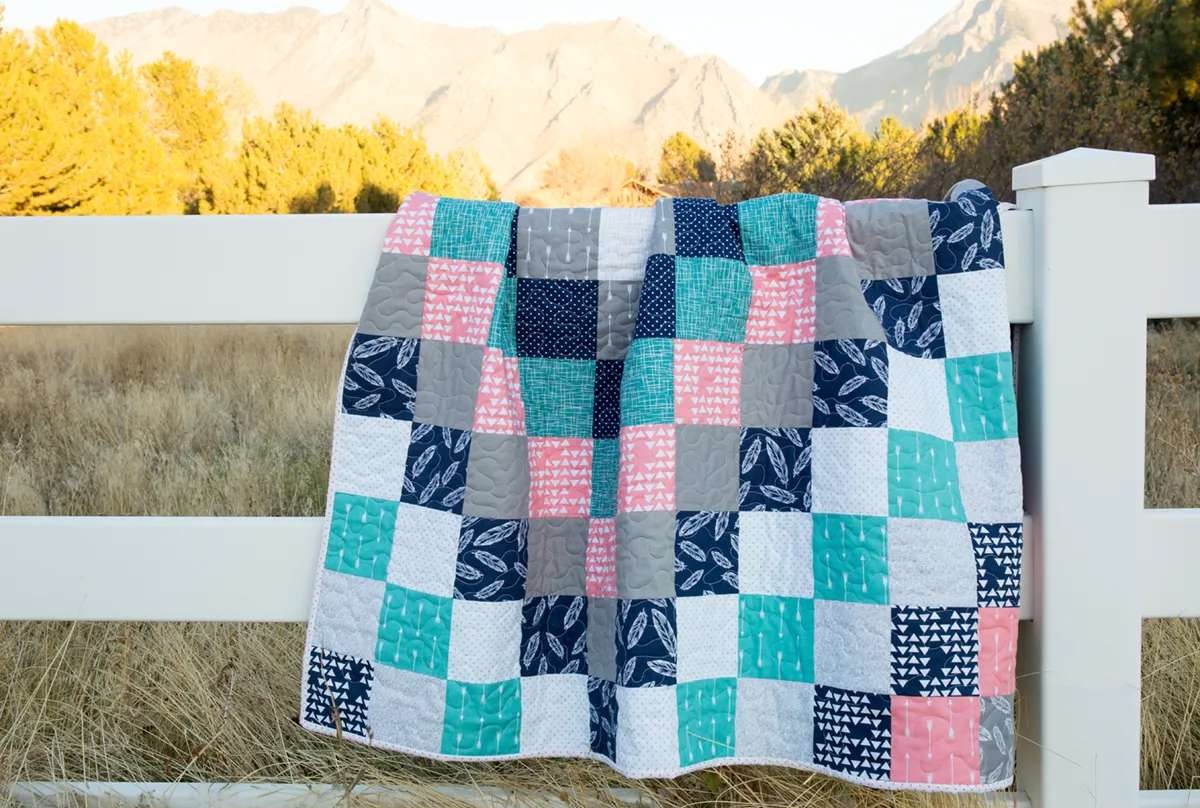
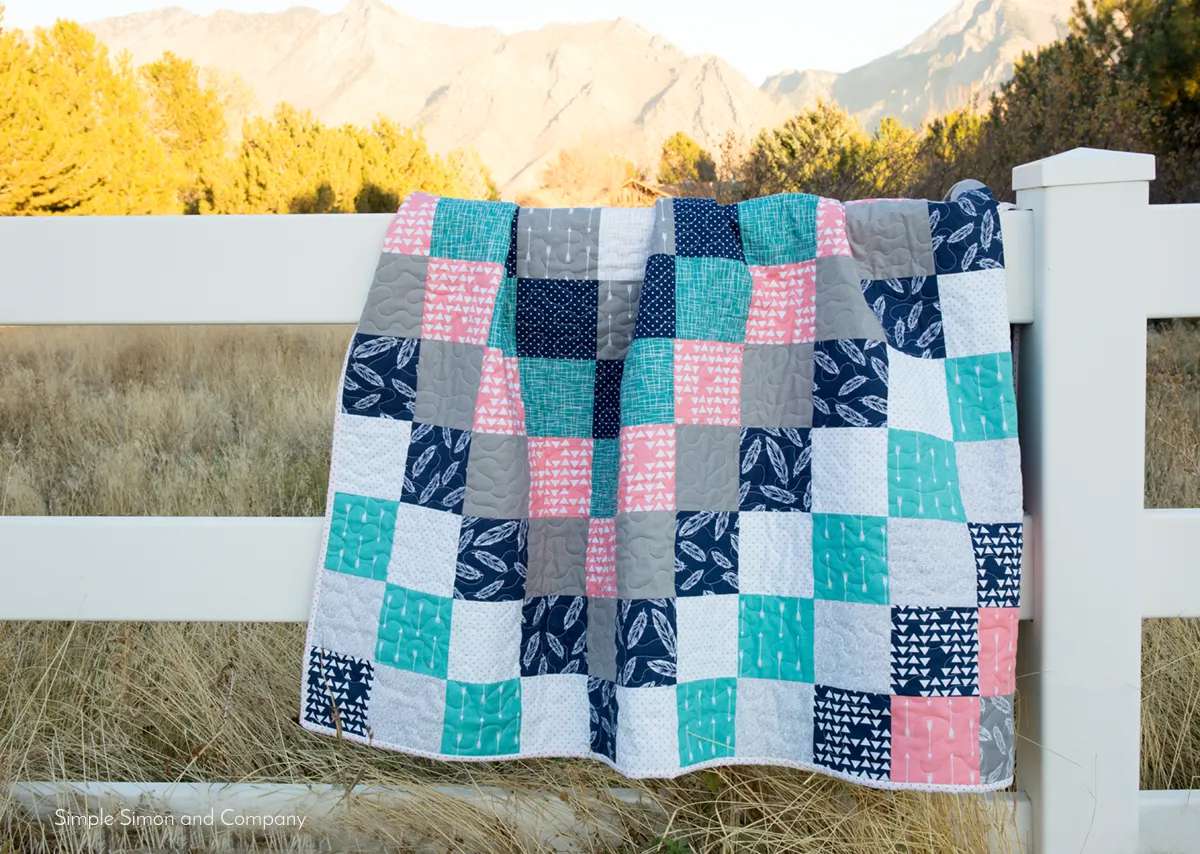

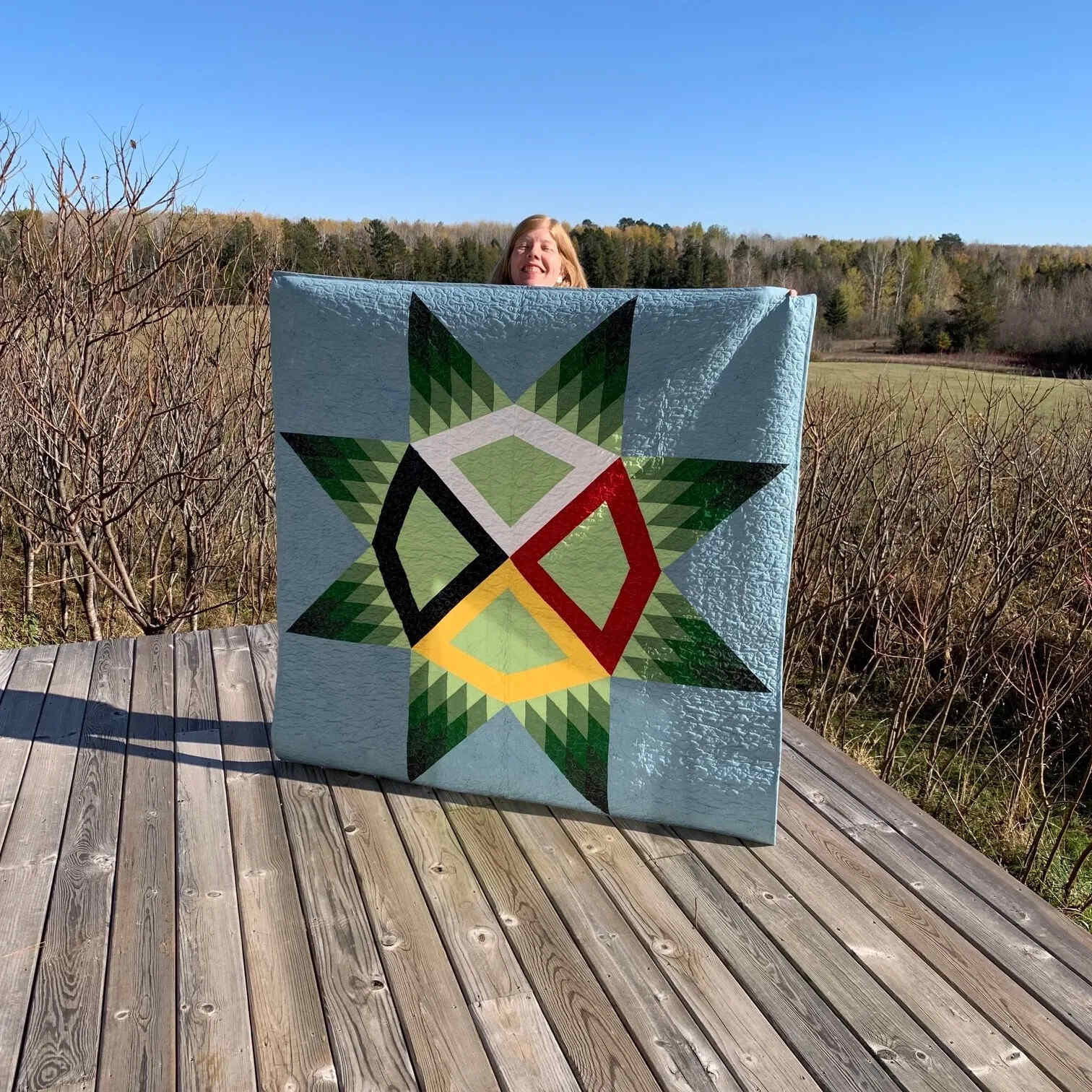

0 thoughts on “Why Do Barns Have Quilt Patterns”